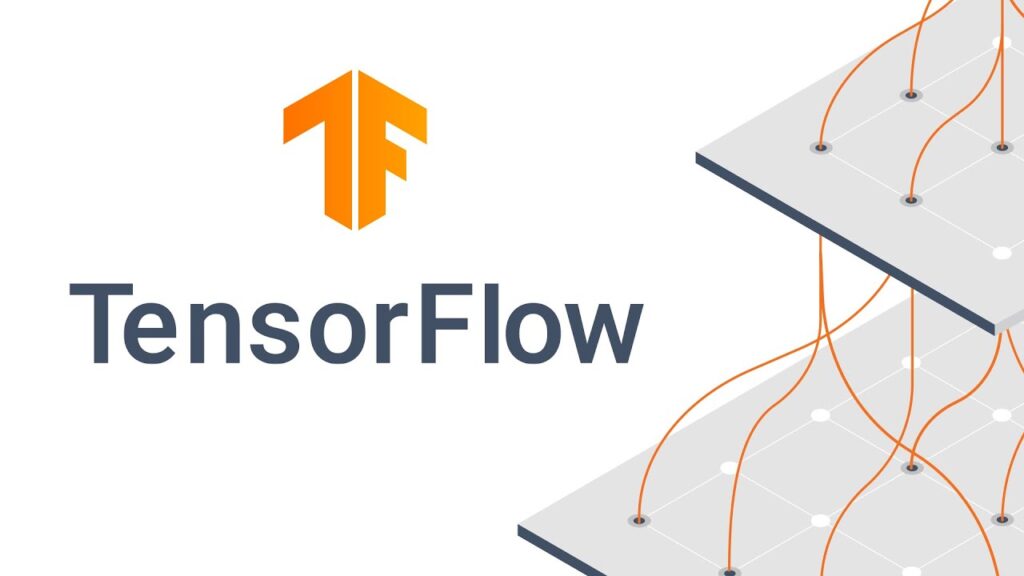TensorFlow is an open source platform for Machine learning in artificial intelligence, that enables researchers and developers to quickly create and train machine learning models. TensorFlow was originally developed by Google Brain and released on 2015.
The TensorFlow platform is composed of a Toolset, Open source libraries and resources that enable developers to create and train machine learning models. TensorFlow can also be used to optimize and deploy machine learning models across a variety of Connected devices, from smartphones and laptops to Data Centers.
How TensorFlow works
TensorFlow uses a Compute architecture called Dataflow, that allows developers to create machine learning models efficiently. In dataflow, The data is represented as Tensors, which are multidimensional arrays of data. Machine learning models are represented as Computational graphs, which are sets of nodes and edges that represent mathematical operations.
To train a machine learning model, The data is fed through the computational graph, which then performs the necessary operations to learn from the data. Learning outcomes can be used to optimize the model, either by changing the weights of the nodes or adding or removing nodes from the graph.
Advantages of TensorFlow
TensorFlow offers several advantages over other machine learning frameworks, Including:
- Flexibility: TensorFlow allows developers to create machine learning models of any type, from simple neural networks to deep learning models.
- Scalability: TensorFlow can be used to train and deploy machine learning models to a variety of devices, from smartphones and laptops to data centers.
- Yield: TensorFlow has been optimized to use the computing power of GPUs and TPUs, allowing you to train machine learning models faster.
Disadvantages of TensorFlow
TensorFlow has some disadvantages, Including:
- Complexity: TensorFlow is a very flexible platform, But this can also make it difficult to learn and use..
- Incompatibility: TensorFlow is only available for devices with 64 Bit.
TensorFlow for beginners
TensorFlow is an open source platform for machine learning where you can implement deep learning algorithms. TensorFlow was originally created by Google Brain and is currently maintained by Google.
There are many resources available to learn how to use TensorFlow, from official documentation to books and courses. In this guide, we will address the courses to learn TensorFlow.
TensorFlow course for Udacity beginners
This is a free course from Udacity that focuses on teaching beginners how to use TensorFlow to build machine learning models.. The course is composed of theoretical and practical lessons, and at the end of it, students should be able to implement machine learning models using TensorFlow.
TensorFlow Course for Coursera Data Scientists
This course is designed for data scientists who want to learn how to use TensorFlow for their projects. The course is composed of theoretical and practical lessons, and at the end, students should be able to implement machine learning models using TensorFlow.
TensorFlow: Deep Learning for Numerical Computing
This is a book that focuses on teaching readers how to use TensorFlow to build machine learning models.. The book is composed of theoretical and practical lessons, and at the end of it, readers should be able to implement machine learning models using TensorFlow.

